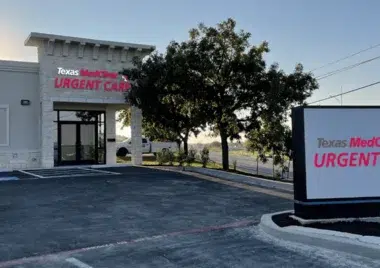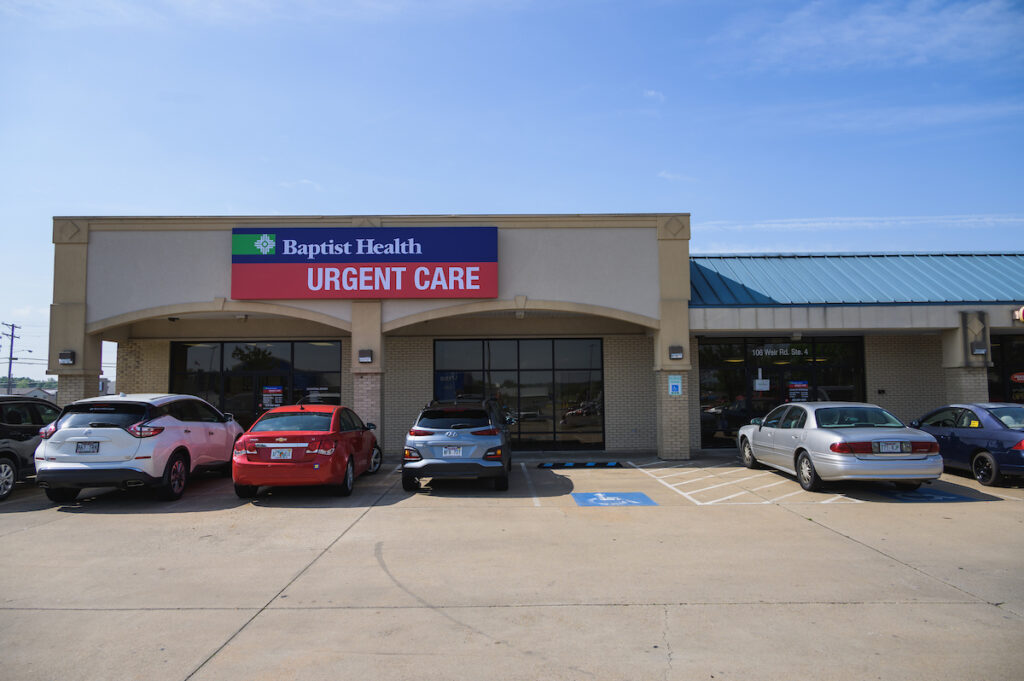How Our Clinic Ensures Top-Notch Urgent Care for Every Person
How Our Clinic Ensures Top-Notch Urgent Care for Every Person
Blog Article
The Importance of Urgent Care Centers in Linking the Gap In Between Health Care and Emergency Providers
Urgent care centers have actually emerged as an essential element of the medical care landscape, effectively attending to the crucial demand for immediate clinical attention without turning to emergency solutions. By providing take care of non-life-threatening problems, these facilities aid to reduce the worry on emergency situation spaces and enhance person accessibility to prompt therapy. Their prolonged hours and varied services satisfy a growing populace looking for options to standard medical care. The evolving duty of urgent treatment centers raises essential questions regarding their combination within the broader healthcare system and the effects for person end results and resource allotment.
Introduction of Urgent Treatment Centers
Immediate treatment centers have actually ended up being an essential part of the medical care distribution system, supplying obtainable medical services for non-life-threatening problems. These facilities normally run outside typical workplace hours, offering clients a choice to emergency areas and medical care settings. People looking for immediate care usually present with concerns such as minor injuries, infections, or ailments that call for punctual attention yet do not pose a prompt threat to life or limb.
Urgent care centers are staffed by a range of healthcare specialists, including doctors, nurse professionals, and physician aides, that are geared up to diagnose and deal with various clinical issues. They usually feature analysis tools such as X-ray equipments and lab services, allowing them to give thorough care on-site.
The establishment of immediate care facilities has actually been affected by the enhancing need for timely medical solutions in a busy society, where individuals might battle to secure visits with medical care service providers. Therefore, these facilities intend to relieve congestion in emergency situation divisions, boosting general health care performance. In addition, urgent treatment facilities commonly function as a bridge between health care and emergency services, guaranteeing that patients get ideal care customized to their specific medical needs.

Benefits of Urgent Treatment Provider
Accessing timely clinical care is a substantial advantage of urgent care solutions. These facilities provide instant interest for non-life-threatening conditions, effectively minimizing wait times contrasted to typical emergency situation divisions. Individuals seeking take care of small injuries, illnesses, or urgent health and wellness worries can get therapy without the lengthy hold-ups commonly related to healthcare facility brows through.
Another secret advantage is the extended hours of operation. Several urgent treatment facilities are open evenings and weekend breaks, fitting individuals who may not have the ability to visit their key care supplier throughout typical workplace hours. This versatility makes urgent care an available choice for those with hectic routines or sudden health concerns.
In addition, immediate care facilities often provide a variety of solutions, consisting of diagnostic testing, X-rays, and fundamental research laboratory services. This extensive approach permits quick diagnosis and therapy, boosting client contentment.
Furthermore, urgent treatment facilities are typically extra cost-effective than emergency situation spaces, making them an attractive option for individuals without insurance or those with high-deductible strategies. Overall, urgent treatment services play a crucial function in giving easily accessible, prompt, and budget friendly healthcare.
Comparison With Medical Care
Typically, patients frequently weigh their alternatives between urgent treatment facilities and health care carriers when seeking clinical focus. Both offer crucial duties in the medical care system, yet they differ dramatically in scope, accessibility, and price.
Main care companies are normally the initial point of call for people, focusing on long-lasting wellness management, precautionary care, and persistent disease monitoring. They use continuity of care, fostering a patient-provider relationship that enables detailed health and wellness analyses and tailored therapy plans. Arranging a visit can be taxing, usually needing days or weeks in breakthrough. Urgent Care.
In contrast, urgent treatment facilities provide instant treatment for non-life-threatening conditions useful source that call for timely focus, such as minor injuries or infections. These centers frequently run outside of typical office hours, accommodating people that might not be able to see their medical care service provider throughout routine business times. In addition, urgent care is generally more affordable than emergency clinic sees, making it an enticing alternative for those with limited medical care access.
Eventually, while urgent care centers and medical care carriers both contribute to person wellness, they provide to distinctive requirements, making it important for people to figure out which option ideal lines up with their scenarios.
Emergency Solutions Interaction
The communication in between urgent treatment facilities and emergency services is a vital aspect of the healthcare landscape, specifically when people face circumstances that might intensify in extent. Immediate care facilities serve as a bridge between health care and emergency situation departments, dealing with non-life-threatening conditions that require instant interest. This partnership improves individual outcomes and maximizes source allotment within the health care system.
When people provide with not life-threatening but urgent issues, urgent care centers can efficiently handle their requirements, alleviating congestion in emergency clinic. When a person's condition surpasses the scope of immediate care treatment, Facilities geared up with analysis capacities can assist in timely referrals to emergency solutions. This seamless interaction assists make certain that clients receive the appropriate degree of treatment without unnecessary hold-ups.
Moreover, efficient interaction in between urgent treatment carriers and emergency situation solutions is vital. Sharing patient details and treatment histories promotes collaborated care, lessening the threat of redundant tests and treatments. As healthcare remains to develop, the vibrant connection in site web between urgent treatment facilities and emergency services will certainly play an essential duty in enhancing patient treatment performance, complete satisfaction, and overall health outcomes within the area.
Future of Urgent Treatment Facilities
As medical care demands advance, the future of immediate care centers is poised to end up being significantly essential to the overall clinical ecosystem (Urgent Care). These facilities are likely to expand their duties by including innovative innovations, such as telemedicine, expert system, and digital wellness record combination. This will improve individual access and streamline care sychronisation between immediate treatment, primary treatment, and emergency situation solutions
In addition, urgent care centers are anticipated to expand their solution offerings to consist of precautionary care and chronic disease management. This change will certainly place them as crucial parts in managing population health, lowering the problem on emergency divisions, and resolving spaces in health care accessibility.
The expanding fad of value-based care will additionally increase the improvement of immediate care centers, triggering them to concentrate on patient results and satisfaction. Facilities may also embrace collaborative practice designs, functioning very closely with specialists and main treatment suppliers to make sure thorough individual monitoring.
Conclusion
Finally, urgent care facilities serve an important feature in the health care system by offering immediate access to treatment for non-life-threatening conditions, successfully easing stress on emergency solutions. Their expanded hours and diverse array of solutions boost client comfort and contentment, while also making certain appropriate care delivery. As healthcare requires remain to evolve, the function of immediate treatment facilities will likely come to be increasingly considerable, additional connecting the space in between primary care and emergency services.
The facility of immediate treatment facilities has been affected by the boosting demand for timely clinical services in a hectic culture, where individuals may struggle to secure appointments with main care service providers. Additionally, urgent treatment centers often offer as a bridge between Find Out More main treatment and emergency solutions, guaranteeing that clients receive ideal care tailored to their specific medical needs.
Many immediate care facilities are open nights and weekends, fitting clients that may not be able to see their main treatment company throughout standard office hours (Urgent Care). As health care proceeds to progress, the dynamic relationship between immediate care centers and emergency solutions will play a pivotal function in boosting individual treatment efficiency, complete satisfaction, and total health end results within the area

Report this page